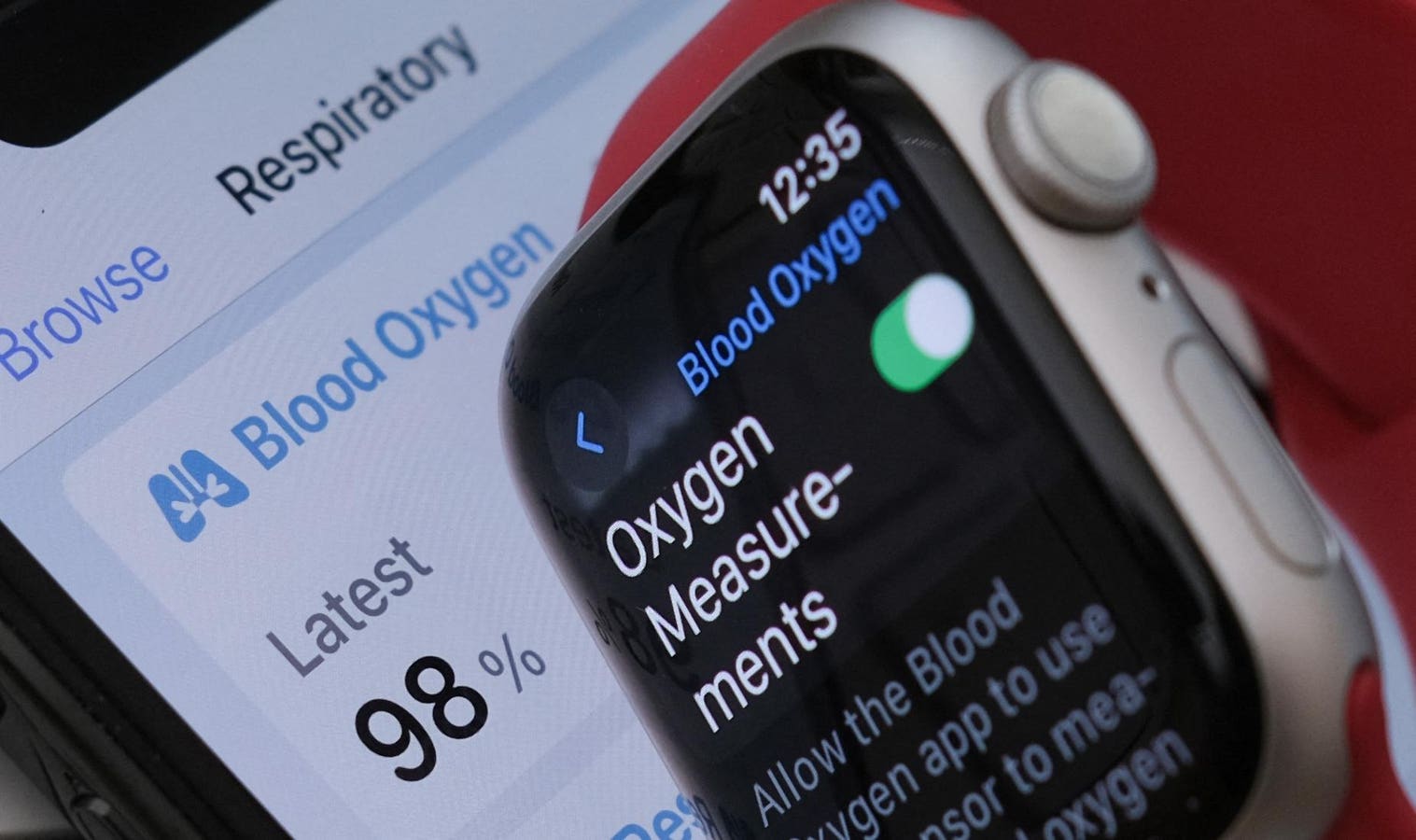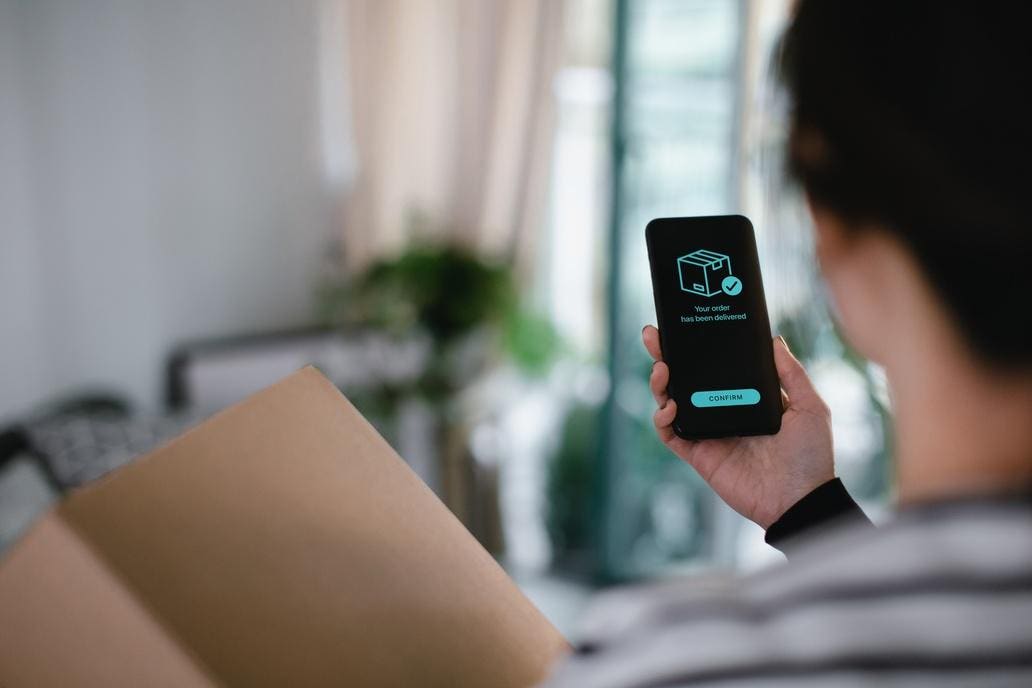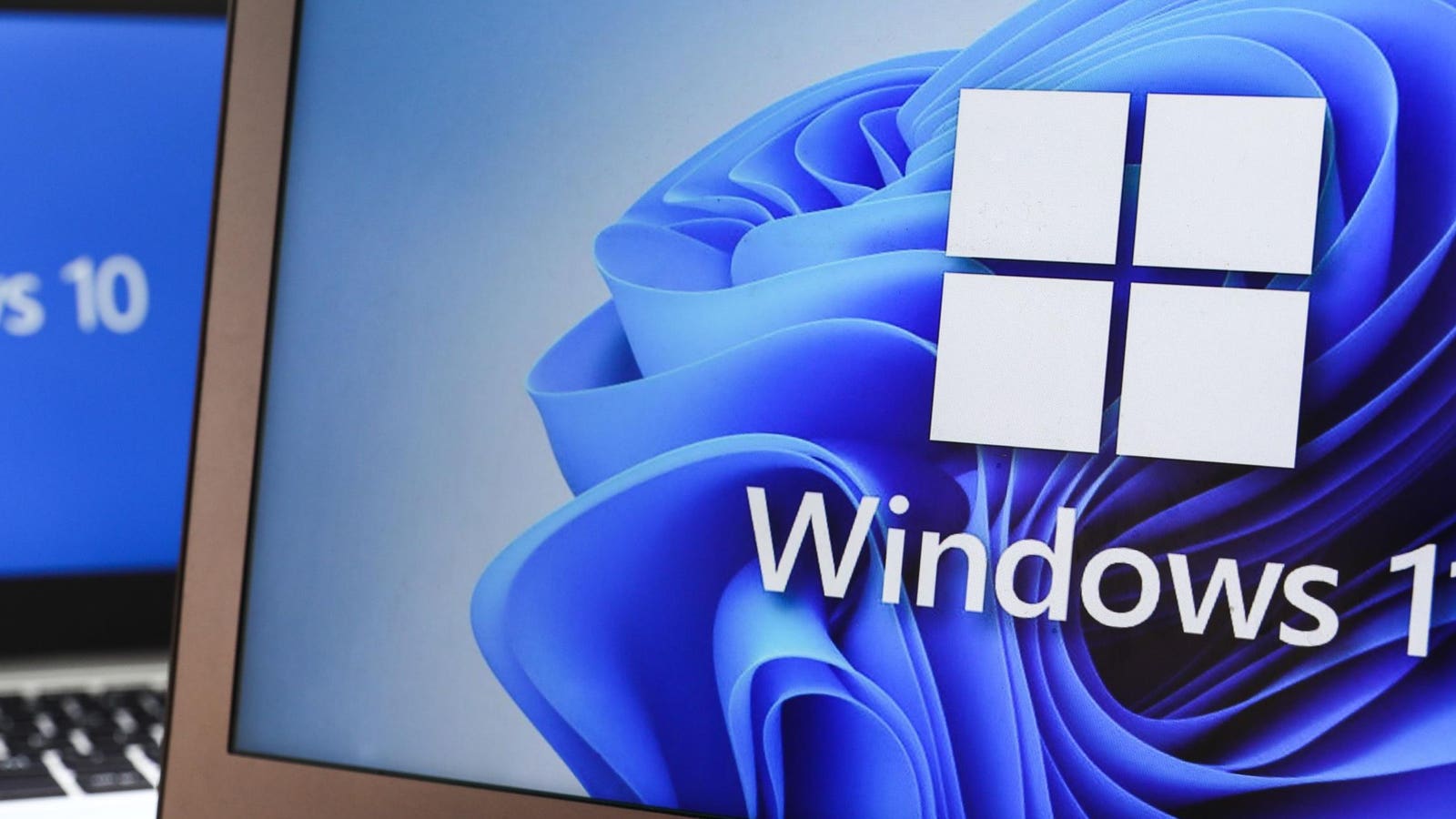Apple just brought blood oxygen tracking back to millions of Apple Watch Series 9, Series 10 and Ultra 2 models, missing since early 2024, when Apple removed it. Here’s what’s happened, how the new app is different, and how to use it.
Apple brings Blood Oxygen back to Apple Watch in the U.S.
AFP via Getty Images
The option to monitor your blood oxygen was big news when it arrived on Apple Watch Series 7 in 2021.
However, medical equipment manufacturer Masimo sued Apple in a patent dispute and in late 2023, Apple removed Series 9 and Ultra 2 watches from store shelves in the U.S. to comply with the dispute. They later returned with the app removed in early 2024 — though the hardware sensors remained unchanged.
Since the dispute only affected watches imported into the U.S., all models sold elsewhere in the world continued to have the feature, including on Series 10 models.
Apple released software updates on Aug. 14 which brought the app back in modified form to all affected models.
Apple Watch Blood Oxygen Tracking: The New Experience
Once you’ve updated your Apple Watch Series 9, Series 10 or Apple Watch Ultra 2 to the new watchOS 11.6.1 release and, crucially, your iPhone to iOS 18.6.1, you’ll find the Blood Oxygen app is back, with the same app icon and instructions on how to use as before.
It’s straightforward: sit upright with the watch resting flat and sit quietly for 15 seconds. An engaging animation will count you down. So far, so identical.
But where on models sold outside the U.S. the 15 seconds end with a chirp and a screen showing your blood oxygen percentage, now you’re guided to discover the result on your iPhone.
It’s in the Health app there, in the Respiratory section. It shows your range of results across your chosen interval and explanations of what the metric means. Again, this looks just like it always did in the Health app.
Apple Watch Blood Oxygen Tracking: What’s Different
The new system takes raw data recorded on the Apple Watch and the calculation and expression of it is now done on the iPhone instead. This is the workaround that allowed Apple to bring the feature back.
Since the removal of the app on Series 9 and Ultra 2 began less than four months after they went on sale, millions of users for these watches and the newer Series 10 will now have access to a key health metric for the first time.









